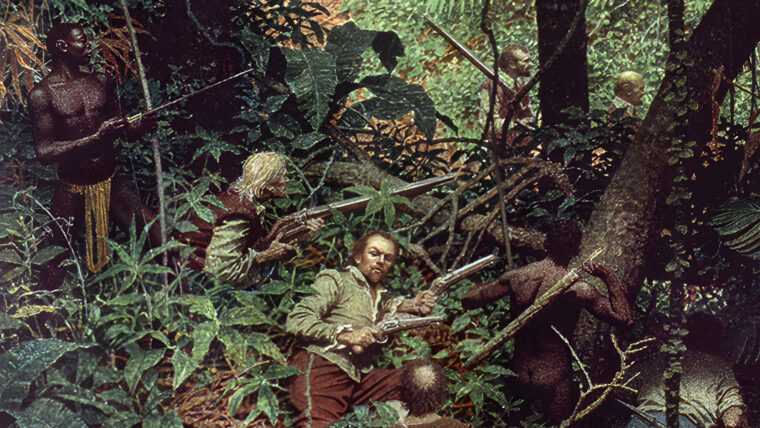
Thirst for Treasure: Privateer Navies of the New World
By Steven. M. JohnsonThe English soldiers stepped out of their pinnaces into the foaming surf on the island of Hispaniola. Read more

The English soldiers stepped out of their pinnaces into the foaming surf on the island of Hispaniola. Read more
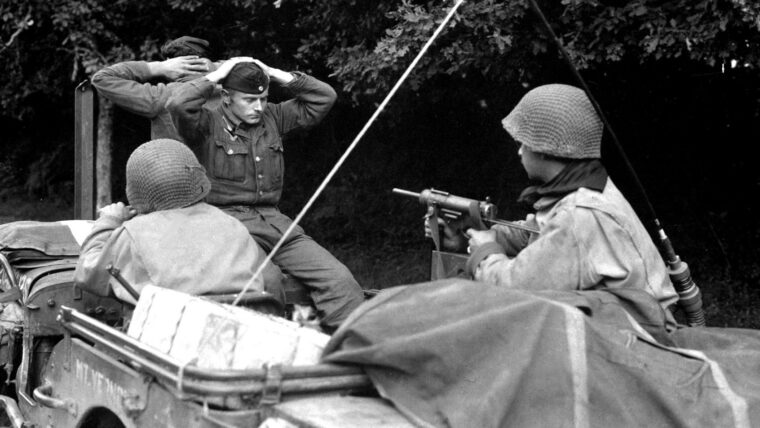
As America geared up for war, the economy of building a wartime army was overwhelming. Tanks, aircraft, soldiers and weapons—all would consume huge resources, and manufacturers were challenged to reduce costs wherever they could. Read more
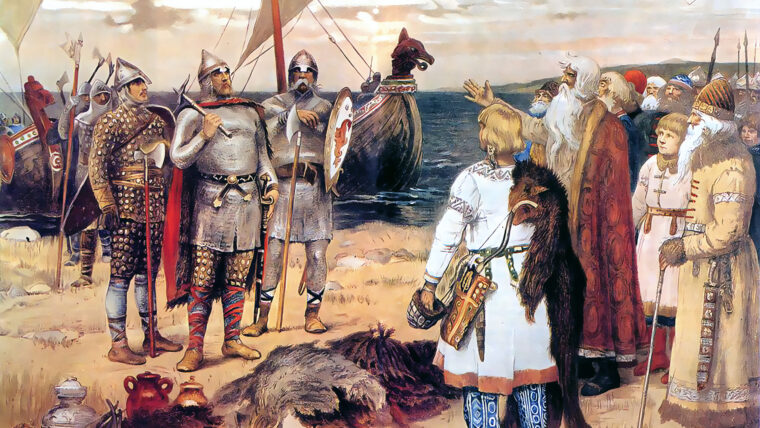
Byzantine Emperor Basil II suffered a massive defeat against the Bulgarians on August 17, 986, at a strategic mountain pass known as Trajan’s Gate in Bulgaria. Read more
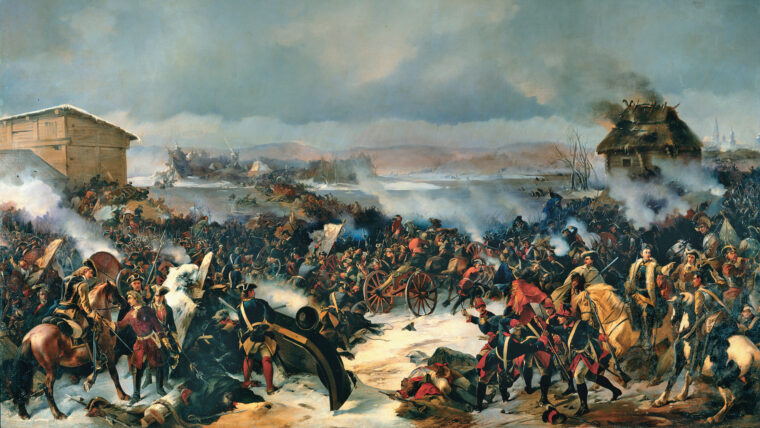
Just after dawn on the morning of November 20, 1700, two figures stood atop Hermansburg, a small rise that overlooked the fortress town of Narva in the Baltic province of Estonia. Read more
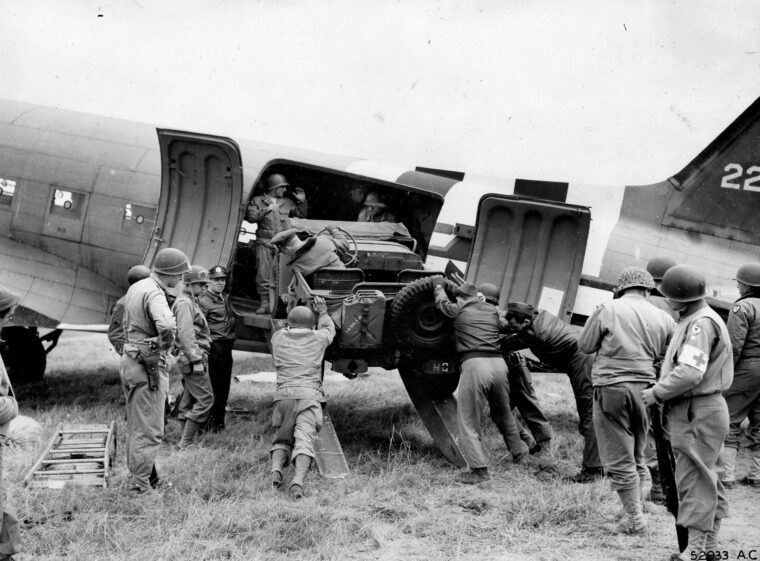
By Patricia Overman
“Flying supply missions with the 435th Troop Carrier Group, or any tactical group of IX Troop Carrier Command, is a combination of taking a physical beating and sweating out land and aerial war hazards”
—Michael Seaman, Warweek Staff Writer, Stars and Stripes, April 29, 1945
By April 1945 the Allied Armies were racing east as German resistance crumbled. Read more
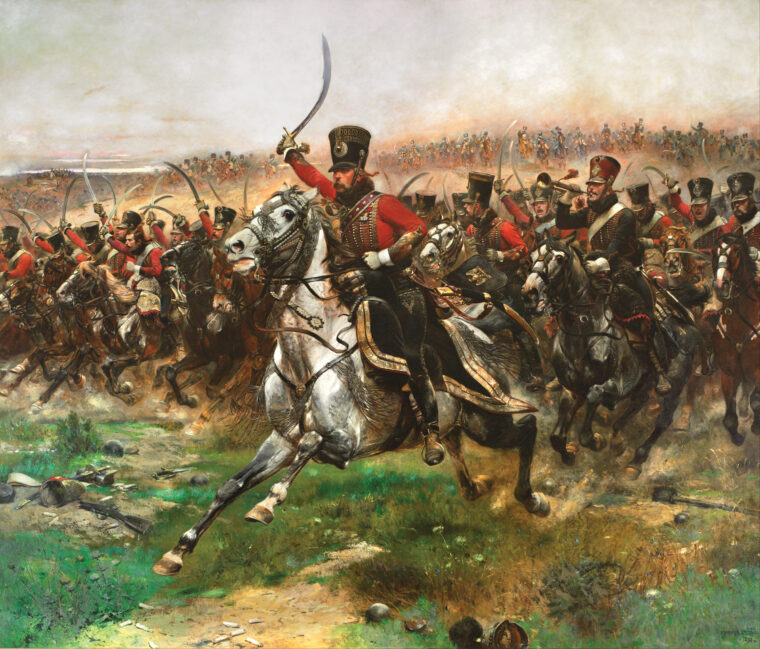
Friedland was burning. The darkening sky of late afternoon on June 14, 1807, was deepened further by the ashes swirling in the narrow streets. Read more
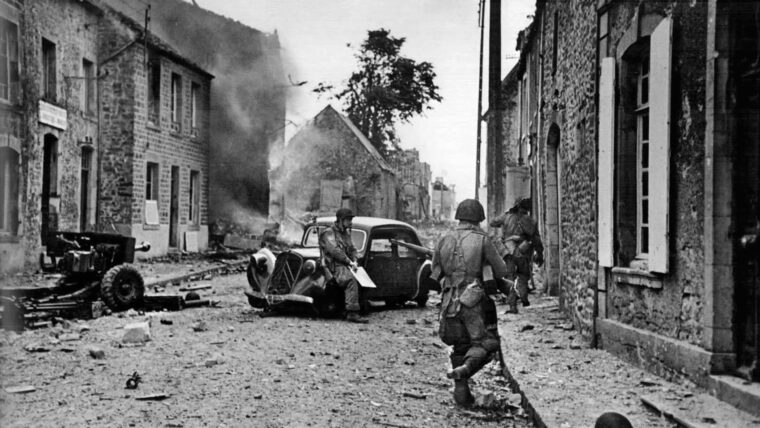
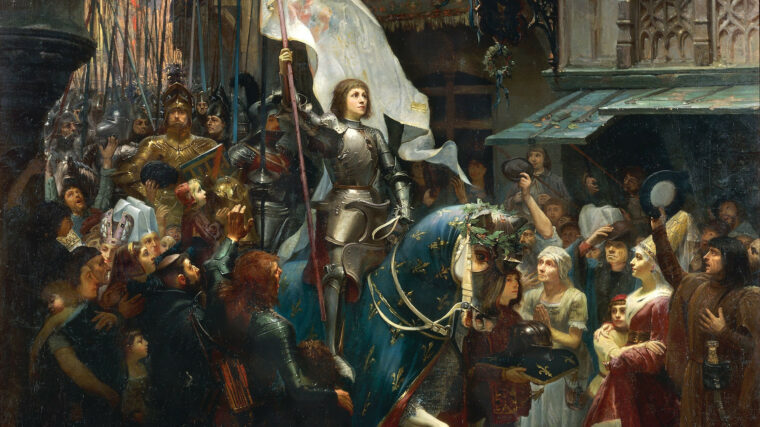
None of those present at the war council held on July 18, 1429, at Beaugency in central France seemed to object to the peculiar sight of an armor-clad young woman advising some of the greatest military captains of the age on how to proceed with the campaign to crown the Dauphin Charles king of France. Read more
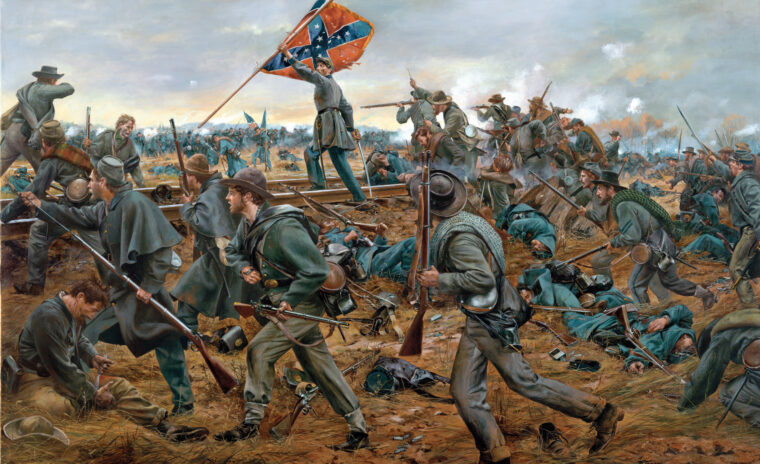
By David A. Norris
Brig. Gen. George Gordon Meade’s division spent three hours bombarded by Confederate guns on December 13, 1862. Read more
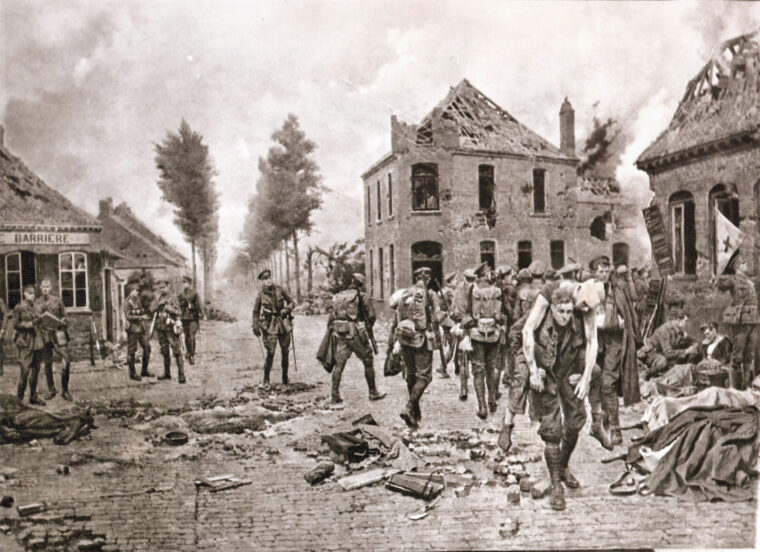
Private Henry Tandey had a clear shot at the German soldier. He was so close that he could look his enemy in the eyes. Read more
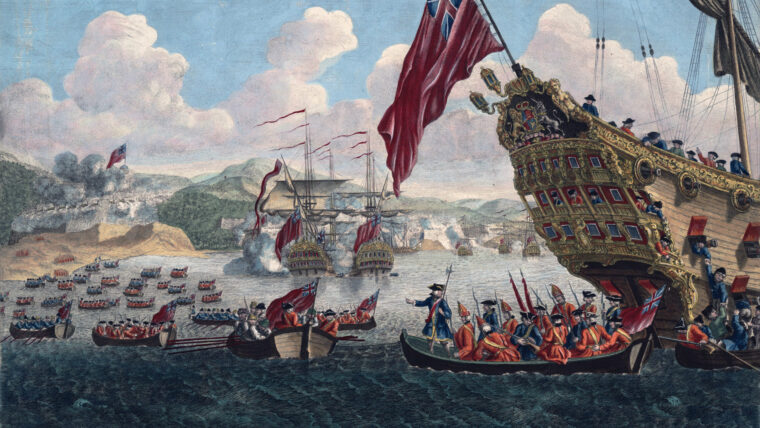
For nearly a month, 4,000 New England militia aided by the Royal Navy had surrounded the great fortress of Louisbourg, the key to French Canada. Read more
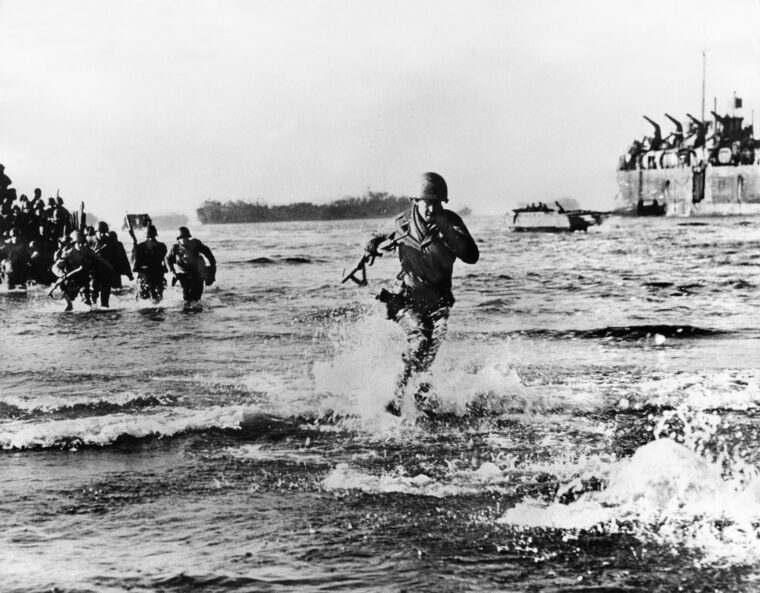
Hitler called it an “abscess.” British Prime Minister Winston Churchill, the chief sponsor and loudest cheerleader for the endeavor, grudgingly proclaimed it “a disaster.” Read more
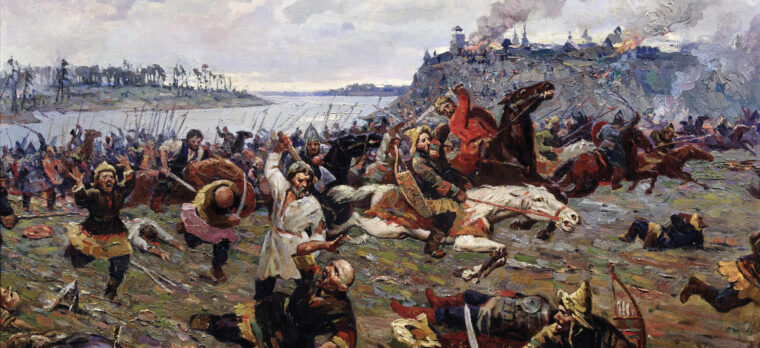
Egyptian medieval chronicler Ibn Taghribirdi relates an incident that occurred following Turco-Mongol Emir Timur’s conquest of Aleppo in 1400. Read more
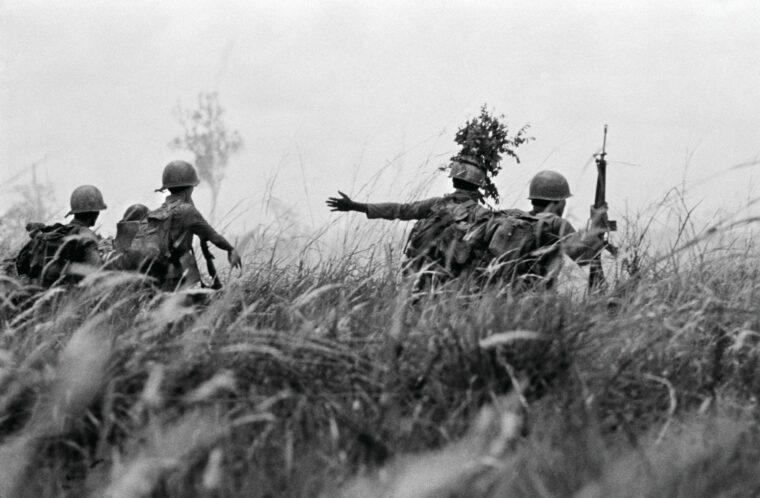
At noon on Good Friday, March 30, 1972, more than 25,000 North Vietnamese Army (NVA) soldiers, backed by state-of-the-art Soviet tanks, artillery, and mobile antiaircraft missile platforms, poured across the Demilitarized Zone separating the two Vietnams. Read more
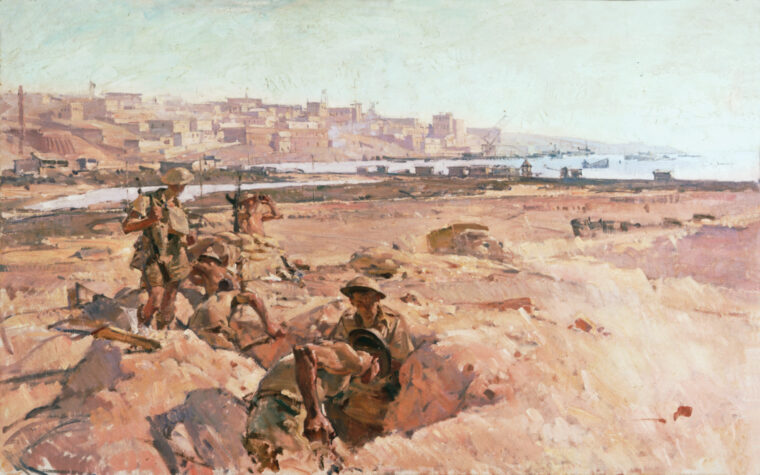
It was the first week of April 1941, and Lt. Gen. Richard O’Connor could scarcely believe what was happening as his driver suddenly cocked the wheel and swerved hard left, flooring the gas pedal in a futile attempt to outrun the multiple bursts of machine-gun fire erupting all around them, lighting up the Saharan night as bullets chased after his wheels. Read more
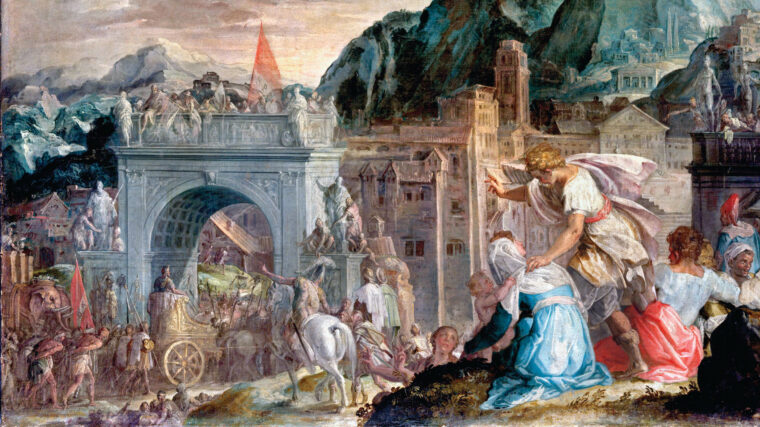
Jugurtha, king of the desert nation of Numidia, was a long-time antagonist of Republican Rome. Over more than a decade of war, he was a bold and cunning battlefield commander who used swiftness and determination to make fools of Roman consuls, even as the Romans were systematically conquering his country. Read more
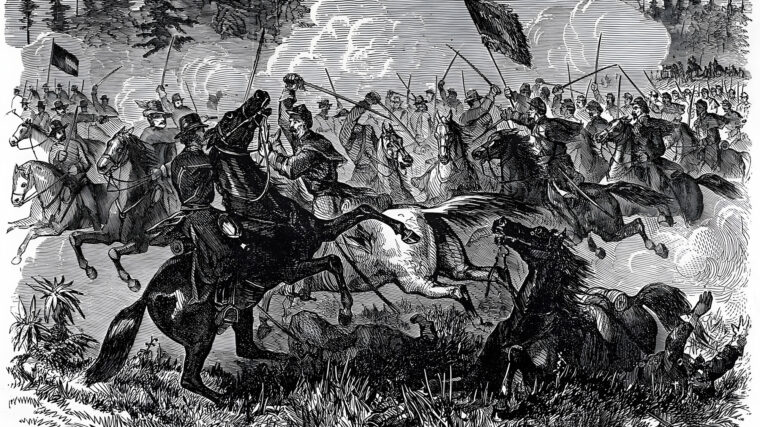
Napoleon Alexandre Duffie was born on May 1, 1833, in Paris, France. His father, Jean August Duffie, was a prosperous sugar refiner and mayor of the village of La Ferte-sous-Jouarre. Read more
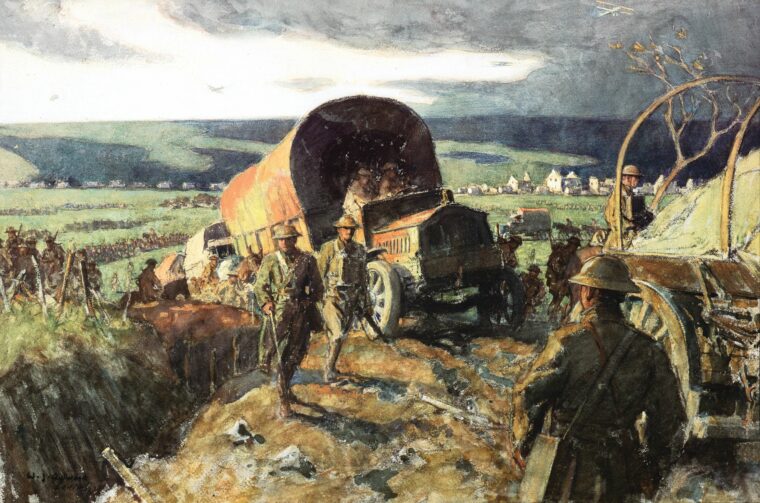
For the hard-pressed German Empire, New Year’s Day 1918 brought a compendium of evils. The Allied naval blockade, increasingly effective, depressed industrial production and stoked a war weariness made manifest in strikes and bread riots. Read more
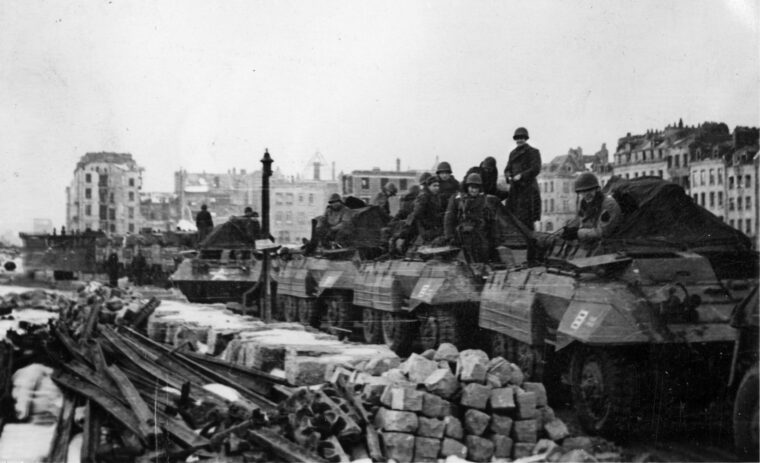
The 809th Tank Destroyer Battalion was an independently attached unit of the U.S. Army. The battalion was activated on March 18, 1942, at Camp Forrest, Tennessee, and remained in the United States through most of the war. Read more
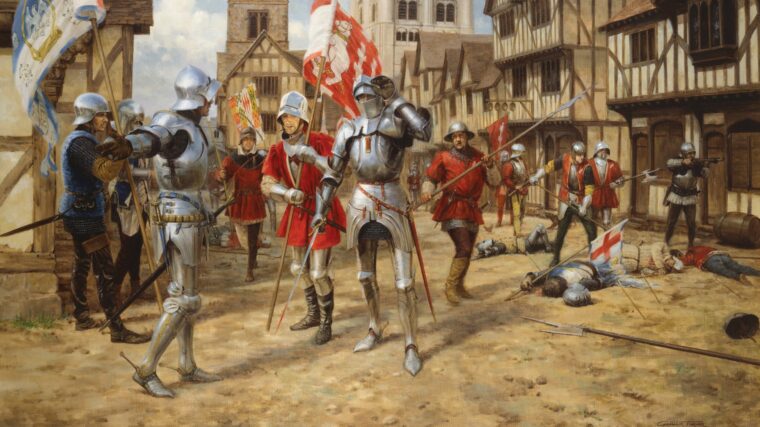
On March 1, 1461, English Chancellor George Neville faced a large crowd of Londoners in St. John’s Field outside the city. Read more